Important Sensors For Your Home
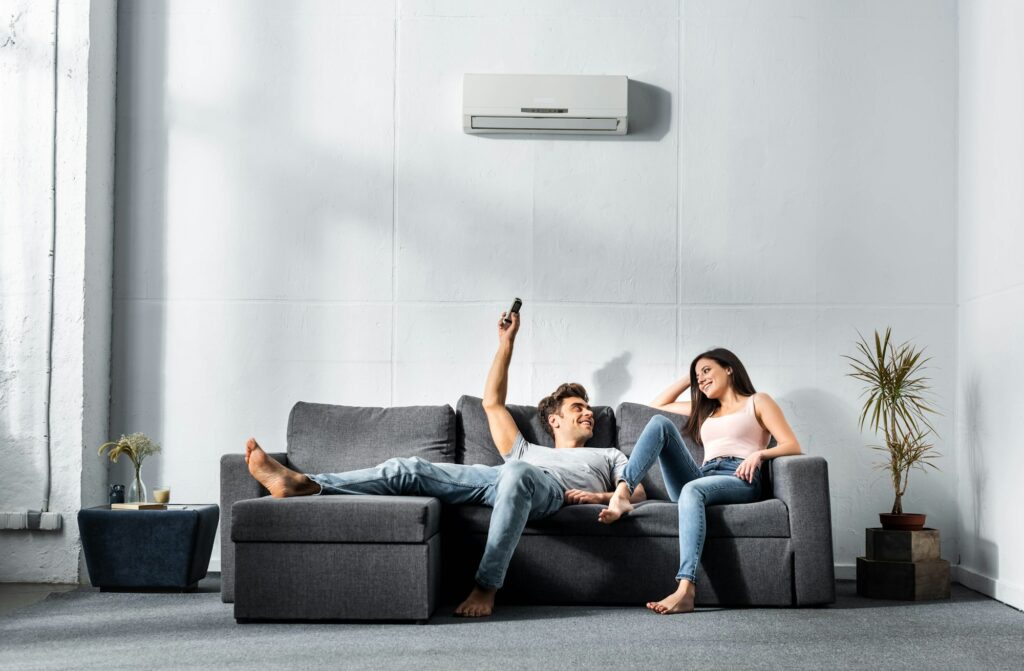
As a homeowner, you probably understand how much maintenance is required just to keep everything up and running, but sometimes it can seem overwhelming – especially when it comes to utility bills and unexpected repairs. Luckily, with technology today, there are a number sensors you can invest in to make life just a little bit easier. Here […]
Energy Saving Tips For Pet Owners

If you own your own home, then you’re free to have any type of animal companion you like, including furry, four-legged friends like dogs and cats. But even when you’re ready to go to work, and the kids go off to school, your pets stay at home. Have you ever considered what that could mean […]
Why Are Some Rooms Hot & Others Cold?
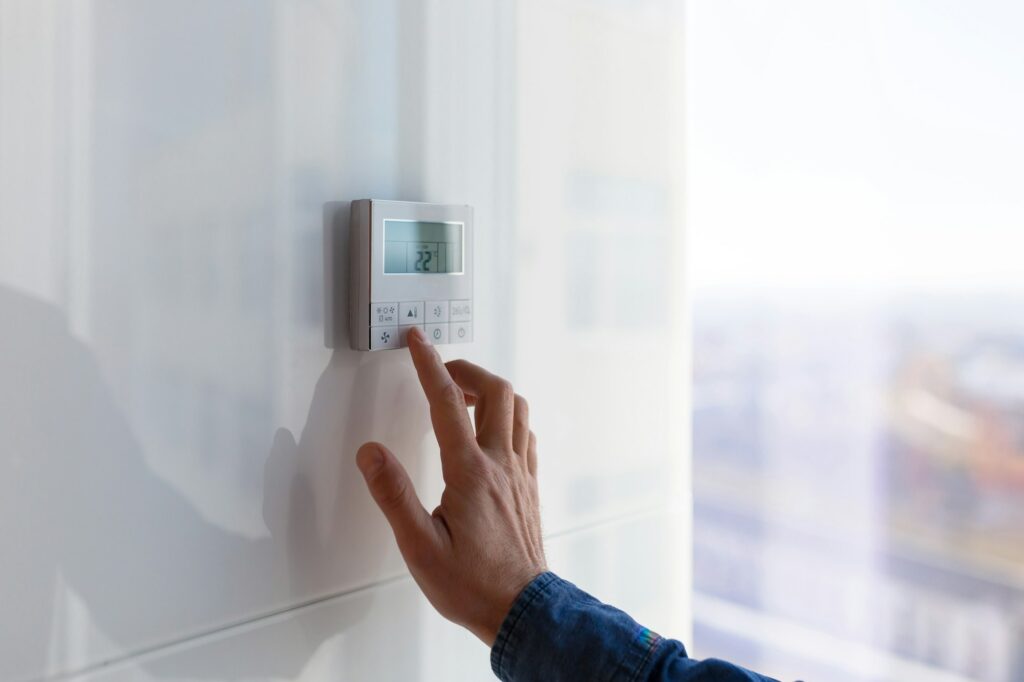
Did you spend this past winter continuously turning up the heat? Winter in Canada is guaranteed to do one thing: force you to start turning up the heat to stay comfortable in your home. Now that the temperatures are finally starting to warm, will you be playing with the air conditioner, too? You may find […]
Reduce Home Heat Loss

As the temperatures start warm, you probably aren’t worried about heat loss in your home, but do you remember the long winter that is finally ending? Do you remember the heating bills? Timmins is famous for its winters, so it’s no surprise that efficient home heating can be a major concern. But how do you […]
Cheap Tricks To Reduce Your Energy Bill This Winter
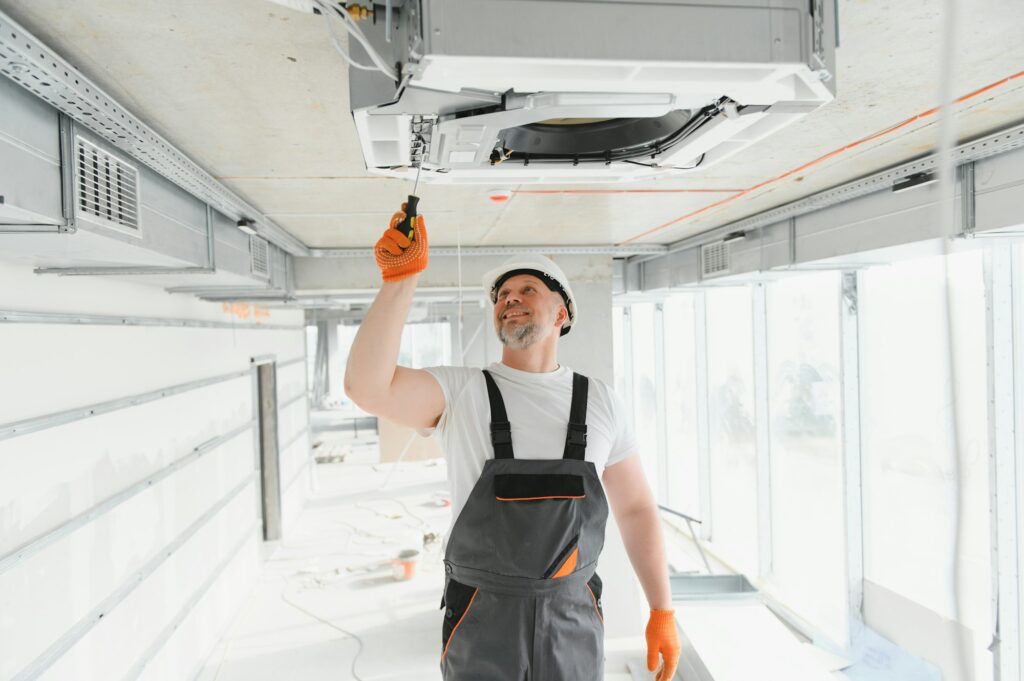
If you’re like most homeowners, you’d love to be able to reduce your energy bills in the winter without having to spend a lot of money. As the temperatures drop and that furnace kicks into high gear for several months, your energy bills can become uncomfortable. Having an energy-efficient home will give you peace of […]
How A New Hvac System Can Both Save You Money & Increase The Value Of Your Home
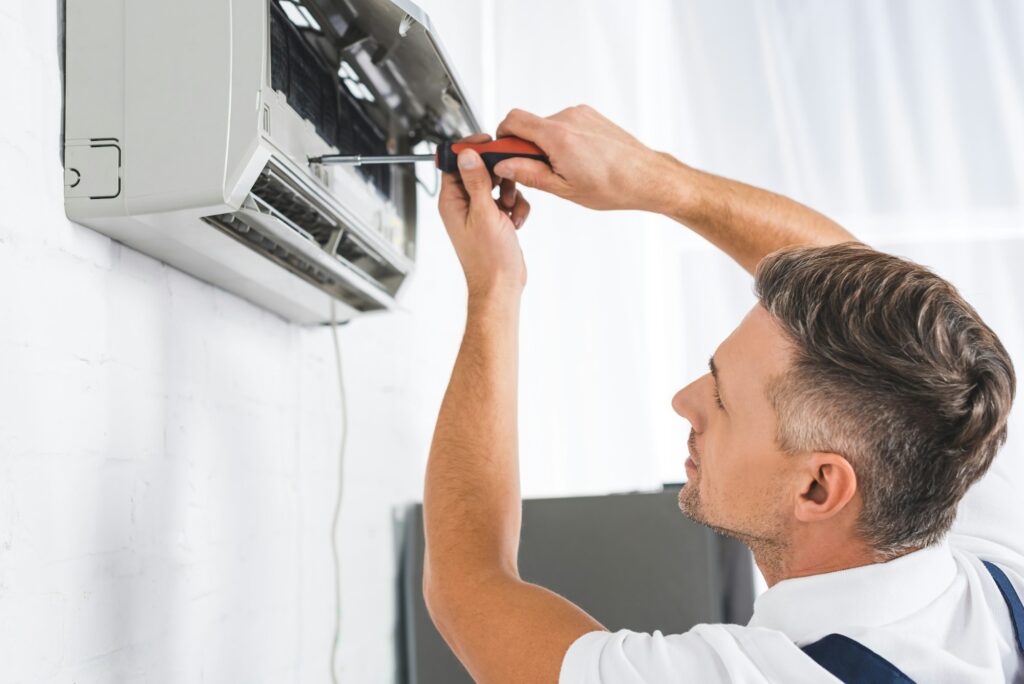
Most homeowners thinking about home improvement will go for the most visible, big-ticket items. Renovating kitchens and bathrooms, for example, is a pretty noticeable way to show that a home has had some major improvements. But there are many other critical ways in which a home improvement project can involve a significant investment that will […]
Cheap Tricks To Keep Your House Cool In The Summer

Summer is here, and even in Timmins, it’s been a hot one, with heat waves and higher than average temperatures. That can get expensive if you’re trying to find ways to cool your home, but we’ve got some tips that can help you to keep those energy bills down! USE CEILING FANS If you have […]
Smart Home Products That Can Make Your Home Safer, More Comfortable And Energy Efficient
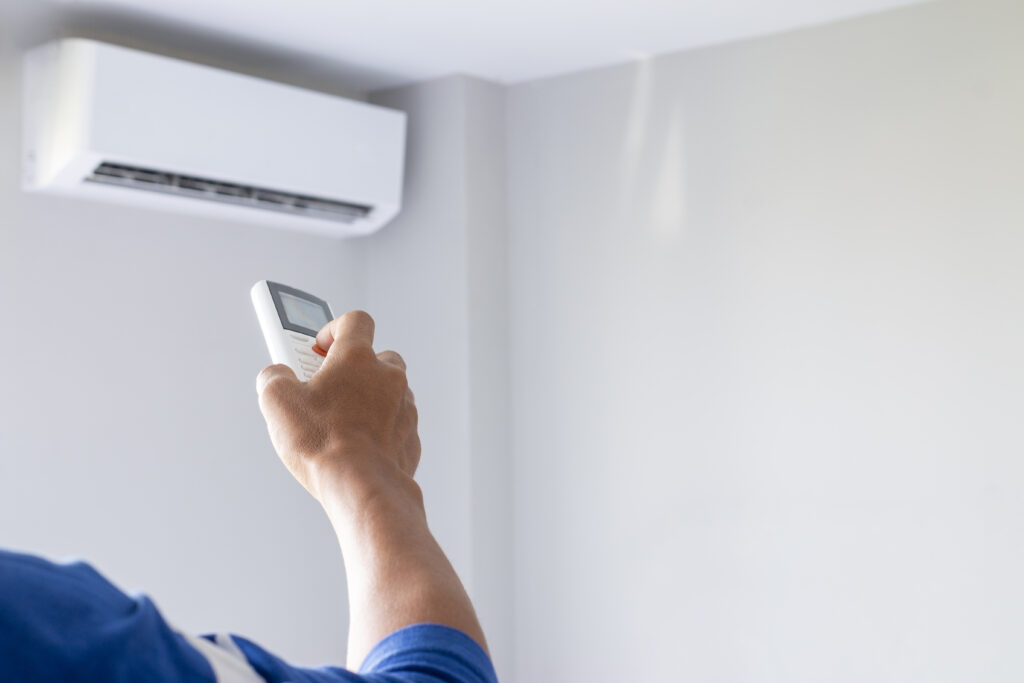
As a kid, you probably pictured a future with flying cars, colonies on the moon, and more. You probably didn’t consider the modern idea of “smart homes,” but today, some of the most sophisticated technology can be found right at home. It makes our lives easier while making our homes safer, more comfortable, and energy […]
Is Upgrading To A Smart Thermostat Worth The Money?
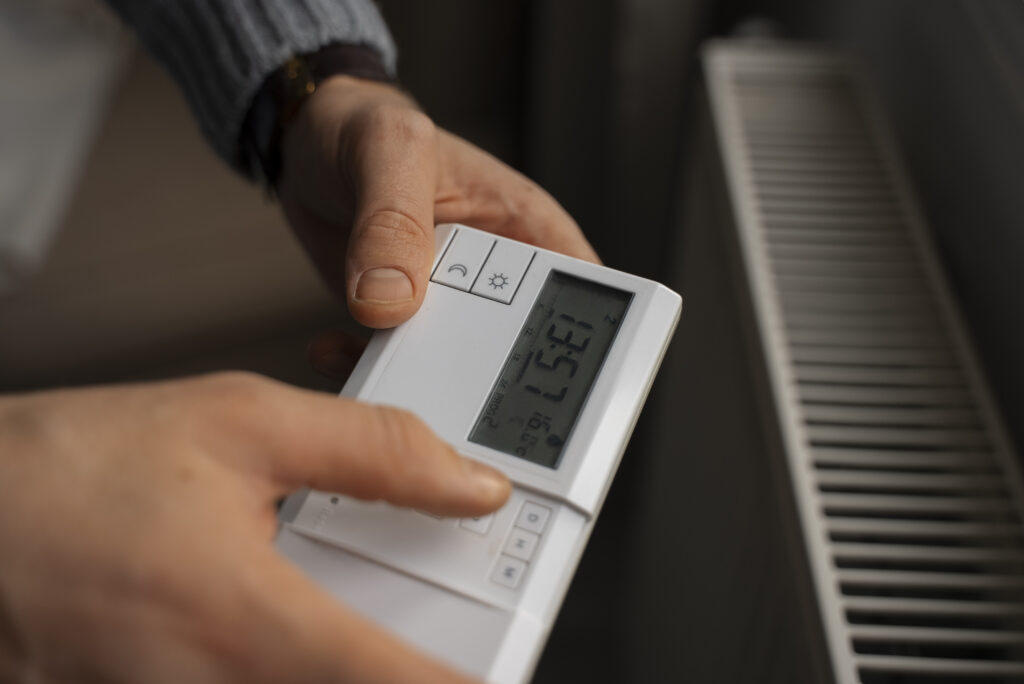
With any consumer decision, you should always do your research before spending a large amount of money. One home investment that many experts recommend is installing a smart thermostat in your home. But what are these devices? How do they work, and are they even worth the hassle and money? Continue reading to learn everything […]
Simple Ways To Make Your Home More Comfortable And Energy Efficient This Winter
Every homeowner aims to keep their houses clean, comfortable, efficient, and safe. These traits will ensure a happy family, a safe family, and reduced energy bills. During the winter months, when things start to get cold, it gets harder to keep the home energy-efficient and comfortable. Here are a few tips and tricks that will […]


